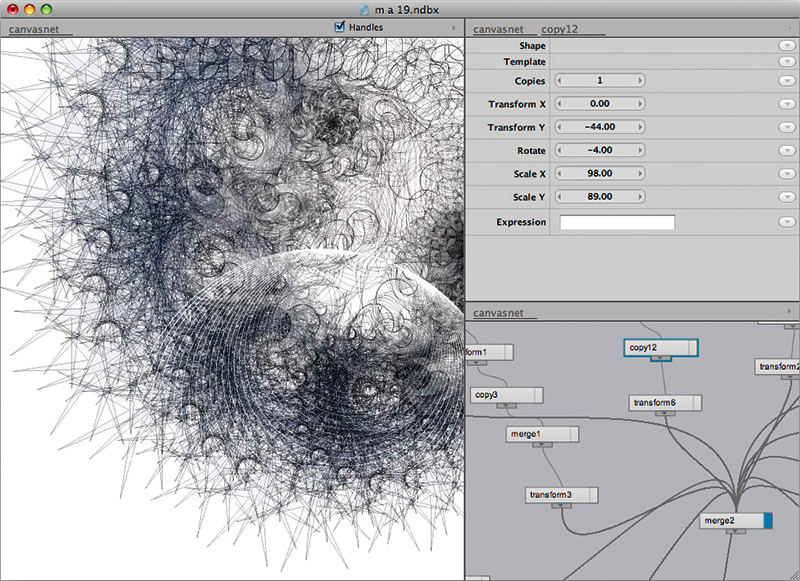

Some have suggested that the playing cards first functioned as "play money" and represented the stakes used for other gambling games, and later became part of the games themselves. If correct, it would place the origins of playing cards before 1000AD, and it would see them as originating alongside or even from tile games like dominoes and mahjong. There does seem to be evidence of some kinds of games involving playing cards (and drinking!) from this time onward, including cards with icons representing coins, which also appear as icons on playing cards later in Western Europe. Some scholars believe that playing cards were invented in China during the Tang dynasty around the 9th century AD.

Paper is fragile and typically does not survive well across the ages, so solid historical evidence is lacking.Įducated guesses have made links to the cards, suits, and icons of 12th century and even older cards in China, India, Korea, Persia, or Egypt, which may have been introduced to Europe by Arabs. The common consensus appears to be that an early form of playing cards originated somewhere in Asia, but to be completely honest, we cannot be entirely sure.

There is clear historical evidence that playing cards began to appear in Europe in the late 1300s and early 1400s, but how did they get there? They seem to have come from somewhere in the East, and may have been imported to Europe by gypsies, crusaders, or traders. The precise origin of playing cards continues to be the subject of debate among scholars, and even the best theories rely more on speculation than proof. Finally we will travel over the ocean to the United States, which is where most of our decks are produced today by USPCC in the form that we now know them. But from there we will make our way to Europe, first to Italy and Spain, then east to Germany, back west to France, and across the channel to England. Our whirlwind historical tour will begin in the East, under a cloud of uncertainty about the precise origin of playing cards. In this article, we will survey the history of playing cards, emphasizing in particular the geographic influences that have determined what modern playing cards look like today. In fact, the most significant elements that shaped today's deck were produced by the different cultures and countries that playing cards travelled through in order to get to the present day. Our modern playing cards evolved into a deck of 52 cards with four suits in red and black and with two Jokers by making a journey that took hundreds of years and involved travelling through many countries. But to people of the past, a deck like this is anything but normal! The reality is that playing cards have undergone a radical transformation since their first beginnings several centuries ago. Because we are all familiar with the modern deck of playing cards, a standard deck of Bicycle rider back playing cards seems very "normal" and "traditional" to most of us.


 0 kommentar(er)
0 kommentar(er)
